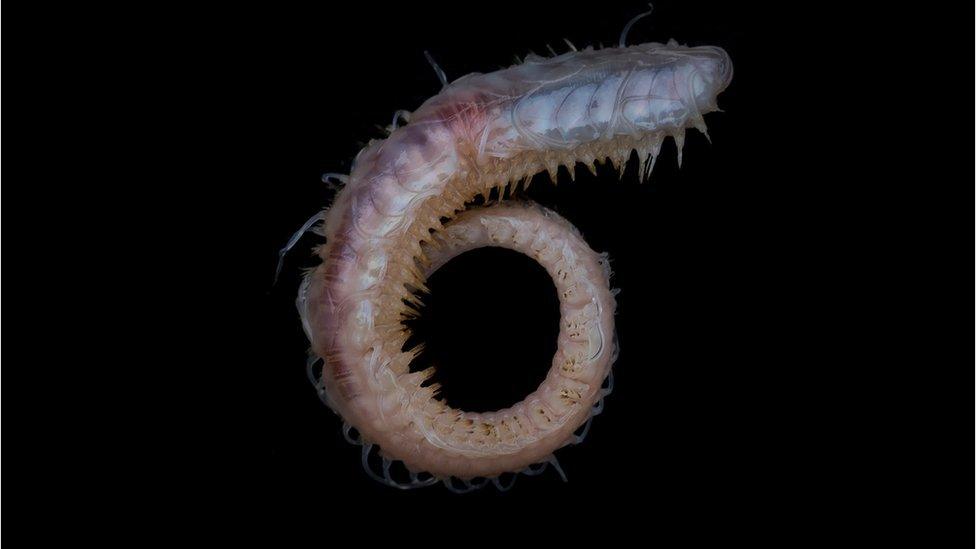World's largest iceberg on course for remote British island
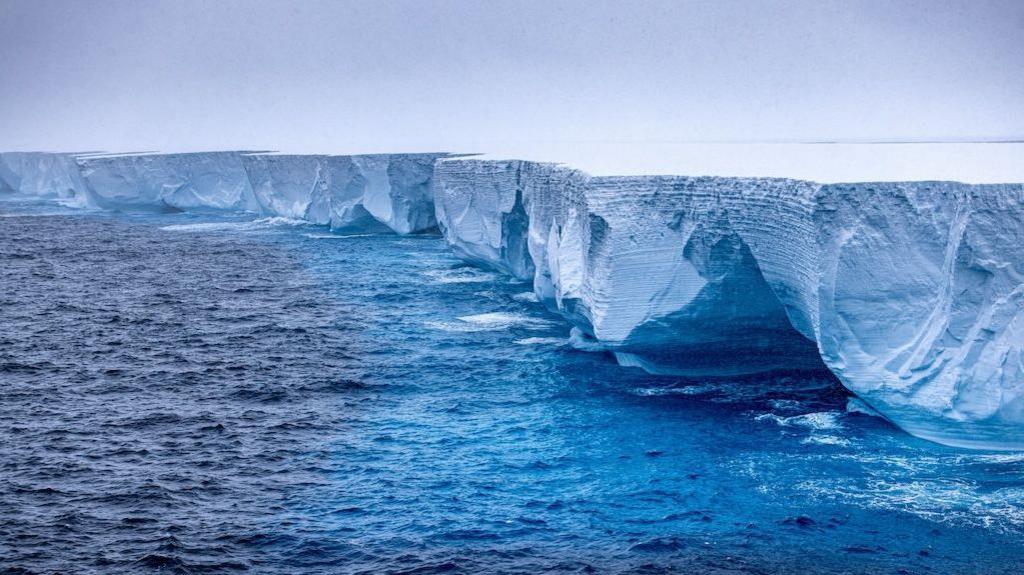
The A23a is known as the 'queen of icebergs'
- Published
The world's largest iceberg is on the move, and could be set to reach a remote British island.
Known as the 'queen of icebergs', it's spinning northwards from Antarctica towards South Georgia, a British territory and wildlife haven.
Icebergs are very unpredictable and no-one knows exactly what it will do next.
It's anticipated that, as it reaches warmer waters, the iceberg will break up into smaller pieces and melt.
More news about big icebergs
World's biggest iceberg in numbers
- Published15 December 2023
Research ship inspects the world's biggest iceberg
- Published5 December 2023
Scientists follow two gigantic icebergs
- Published14 March 2023
Where has the world's biggest iceberg come from?
The iceberg is known as A23a and is one of the world's oldest. It's so big you can see it from space!
It broke off from the Filchner Ice Shelf in Antarctica in 1986, but got stuck on the seafloor and then trapped in an ocean vortex or whirlpool.
In December, it broke free and is now on its final journey.
The warmer waters north of Antarctica are melting and weakening its huge cliffs, but the latest satellite pictures show it's still roughly the size of Cornwall.
A23a could break into huge segments any day, which could hang around for years and float around like cities of ice.
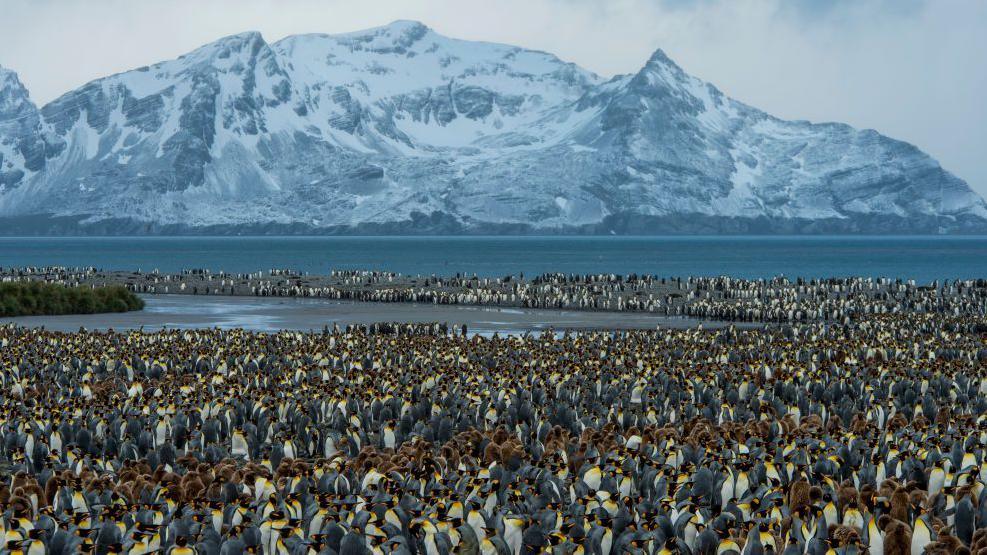
The island is home to lots of penguins and seals
What could the iceberg mean for wildlife?
The territory is home to colonies of King penguins and millions of elephant seals and fur seals.
"South Georgia sits in iceberg alley so impacts are to be expected for both fisheries and wildlife, and both have a great capacity to adapt," says marine ecologist Mark Belchier.
How are icebergs being impacted by climate change?
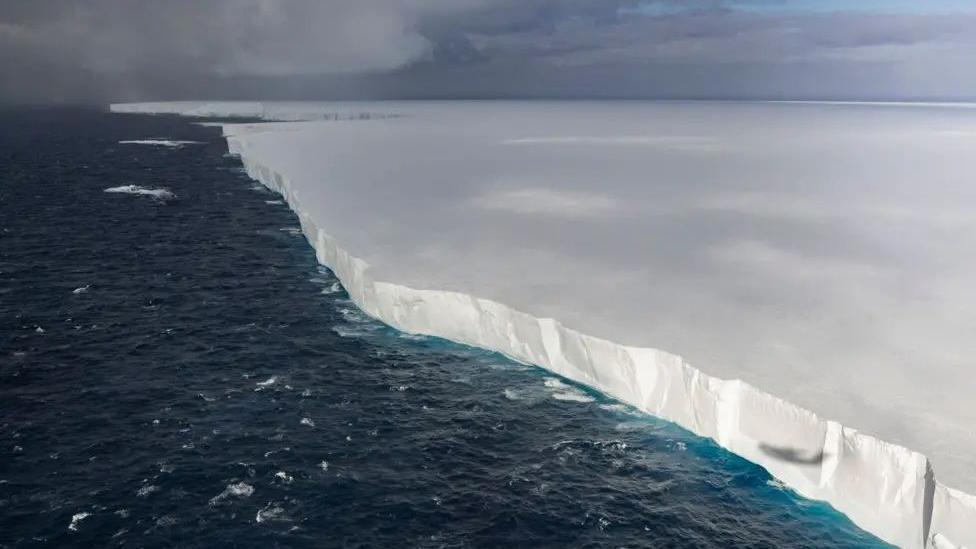
The Royal Air Force recently flew over the iceberg as it neared South Georgia
As Antarctica becomes more unstable with warmer ocean and air temperatures, more huge pieces of the ice sheets will break away.
A team with the British Antarctic Survey found themselves close to A23a in 2023.
They wanted to study what mega icebergs do to the environment.
The ship sailed into a crack in the iceberg's walls, and PhD researcher Laura Taylor collected water samples.
Laura said: "I saw a massive wall of ice way higher than me, as far as I could see. It has different colours in different places. Chunks were falling off - it was quite magnificent."
Watch conditions at sea for sailors dodging ice in South Georgia
Laura's work looks at what the impact the melt water is having on the carbon cycle in the southern ocean.
"This isn't just water like we drink. It's full of nutrients and chemicals, as well as tiny animals like phytoplankton frozen inside," Laura explains.
As it melts, the iceberg releases these into the water, changing the chemistry of the ocean.
That could store more carbon deep in the ocean and would lock away some of the planet's carbon dioxide emissions that contribute to climate change.
For now scientists are hoping the iceberg will manage to stay away from the island.
On board the South Georgia government vessel Pharos, sea captain Simon Wallace said: "I would be extraordinarily happy if it just completely missed us."
More stories about the Antarctic
- Published14 January

- Published6 February 2023
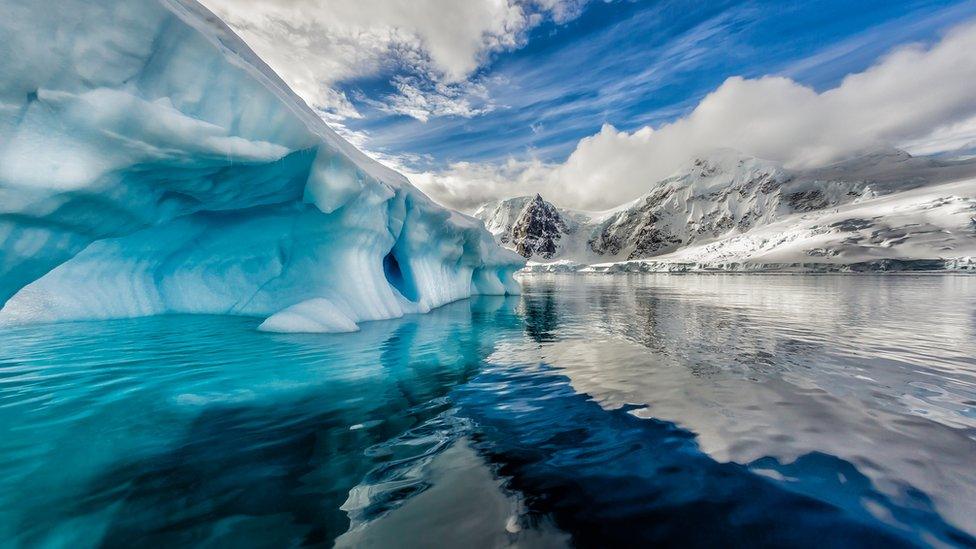
- Published11 February 2018
